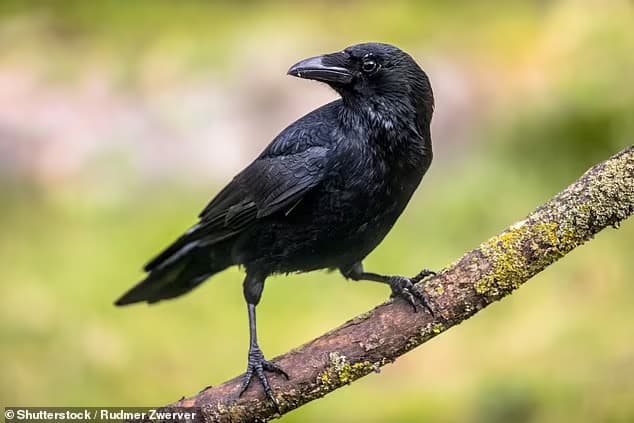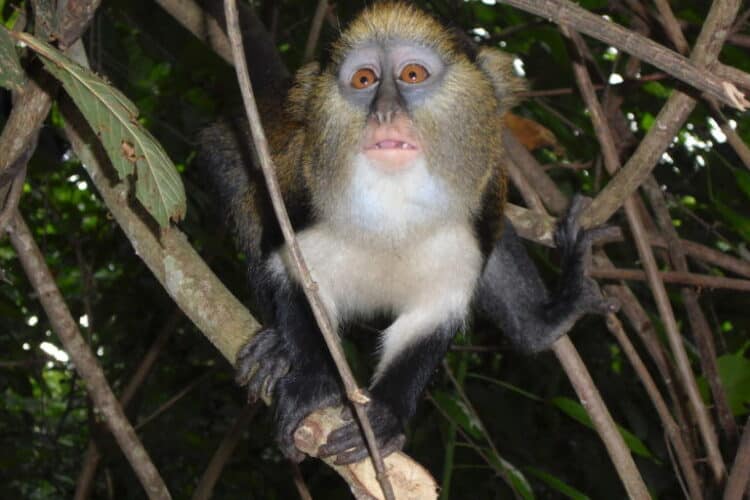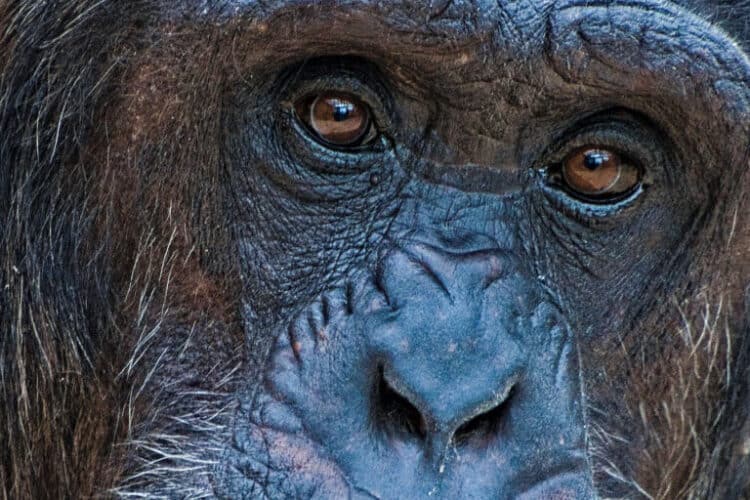After many, NO dozens of visits to the Fen hide at Titchwell and enviously looking at the days sightings board only to see that earlier in the day kingfishers had made an appearance.
I finally managed to visit on a day when one was allegedly making regular visits, so there was at last a chance of getting some good views and possibly some images.
Although, with the winter sun still low in the sky the fen hide casts a long shadow over one of the perches that might provide the best shot and I guess the news had spread as the hide was the most crowded I’d seen in a long time.

Settling down for a long and I have to say chilly wait, we had only just set the camera up and I caught a flash of blue against the background of reeds, landing right in-front of the hide on the perch, we were then treated to two hours of the kingfisher doing what they do best catching fish after fish (four in total, small roach I think) I thought we might be looking at two birds feeding but on closer examination it was the same bird, perhaps feeding up ready for breeding.

Another birder/photographer in the hide commented that the female kingfishers had been seen a couple of times already which got me wondering how he knew it was a female. A little bit of research on the RSPB community site on our return and I found that someone had posted the answer in that the sexes are very similar, the main difference being the colour of the lower mandible: the male’s bill is all black while the female’s is black with red on the lower mandible. Looking back at some images I had taken on another occasion that I got a close look at a kingfisher at Sculthorpe Moor I now can see that at that time we were looking at the male.

Male kingfisher taken at Sculthorpe Moor Nature Reserve
Alan De Witt
After spending a career that demanded much of my time and energy. I'm now retired and finally found some time to pursue an interest in wildlife and photography as well as putting together a website C & A's Wild Images.
I now live in Norfolk, an ideal location in the UK to see wildlife and over the years have also had the opportunity to visit and spend time using the camera in interesting and sometimes remote parts of the world. I first became interested in trying to capture wildlife images when I left university in the days of slide film. Initially I used two compact cameras with 20+ zooms but now have moved to a professional Canon SLR set-up.






Leave a Reply